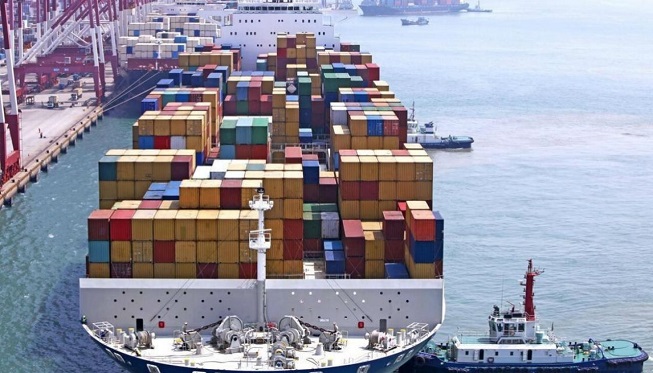
KARACHI: Pakistan is moving ahead with significant trade liberalization measures, including the phased elimination of Additional Customs Duty (ACD), as part of its commitment under the International Monetary Fund (IMF) program. While the reforms are expected to enhance competitiveness and lower import costs, concerns persist over the potential fiscal impact on government revenues and domestic industries.
The government’s ambitious tariff overhaul, outlined in the National Tariff Policy (NTP) 2025-30 and the Next Auto Policy, seeks to reduce protectionist barriers and streamline customs duties. The Federal Board of Revenue (FBR) currently relies heavily on ACD collections to supplement revenues, particularly amid Pakistan’s dependence on indirect taxation.
In fiscal year 2024, Pakistan collected PKR 1.1 trillion in customs duties, accounting for approximately 7.1% of total imports. ACD, alongside standard Customs Duty (CD) and Regulatory Duty (RD), plays a crucial role in generating revenue, comprising more than 45% of the FBR’s total tax receipts.
IMF-Driven Reforms Aim to Lower Tariffs
Under the IMF-outlined tariff reform plan, Pakistan aims to gradually eliminate ACD by fiscal year 2030 while also reducing RD by 80% over the same period. The strategy includes restructuring the 5th Schedule of the Customs Act and preventing the introduction of new regulatory duties to ensure predictability in trade policies.
Among key objectives, the government intends to lower the weighted average tariff to below 6% by fiscal year 2030. The auto sector will also undergo adjustments, including the elimination of ACD and RD on vehicles, significant cuts to CDs, and easing restrictions on used vehicle imports. The reforms are expected to expand market access, enhance affordability, and promote industry competitiveness.
Challenges for Domestic Industries
The proposed measures could put pressure on domestic industries long shielded by tariff protections, particularly steel, chemicals, and commodity-based manufacturing sectors. Many firms have traditionally priced their products just below post-duty import levels, benefiting from an artificial cushion against international competition.
As duties decline, the cost of imported finished goods, raw materials, and intermediate inputs will fall, intensifying competition for local producers. Efficient firms may benefit from reduced costs, but those with higher operational inefficiencies could struggle.
Economic Implications and Consumer Benefits
Consumers stand to gain from reduced import prices, potentially curbing inflation and increasing purchasing power. However, a rapid tariff reduction could spur an import surge, widening Pakistan’s trade deficit and exerting pressure on foreign exchange reserves.
Despite concerns over revenue losses and pushback from domestic industries, officials argue that the long-term benefits—including improved export potential, economic diversification, and increased investment inflows—outweigh short-term disruptions.
Proposed Changes to Tariff Structure
The NTP 2025-30 also introduces a revised tariff framework, consolidating slabs from five to four, with the maximum CD rate gradually falling from 20% to 15% over five years. Additional customs duties will be phased out entirely by fiscal year 2029, while regulatory duties will be eliminated by fiscal year 2030.
Industry leaders, economists, and trade analysts have expressed mixed reactions to the proposed reforms, with some citing concerns over potential job losses and competitiveness challenges. Others emphasize the opportunity to attract foreign direct investment and improve Pakistan’s standing in global trade.
While implementation challenges remain, policymakers insist that the trade liberalization drive is crucial for Pakistan’s long-term economic stability. The next steps will include further legislative approvals and gradual enforcement measures to ensure smooth transitions for affected sectors.